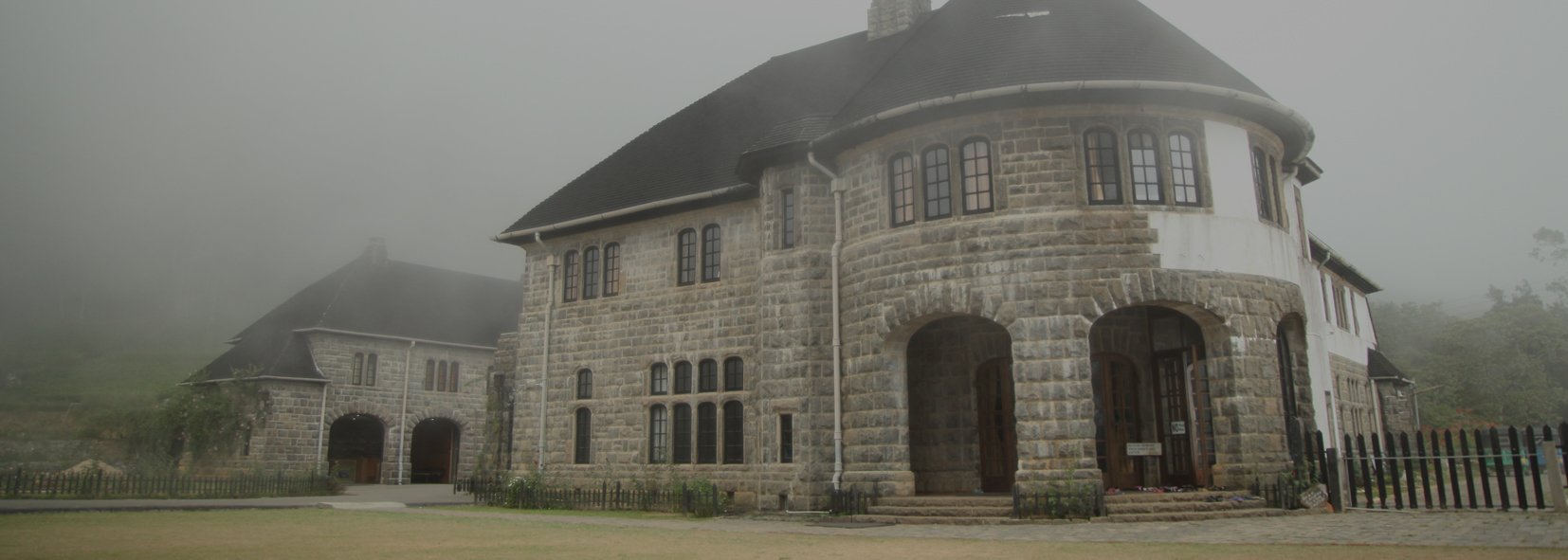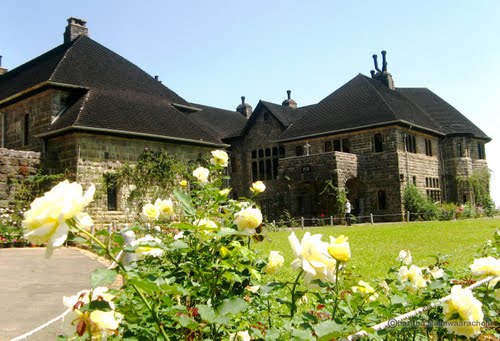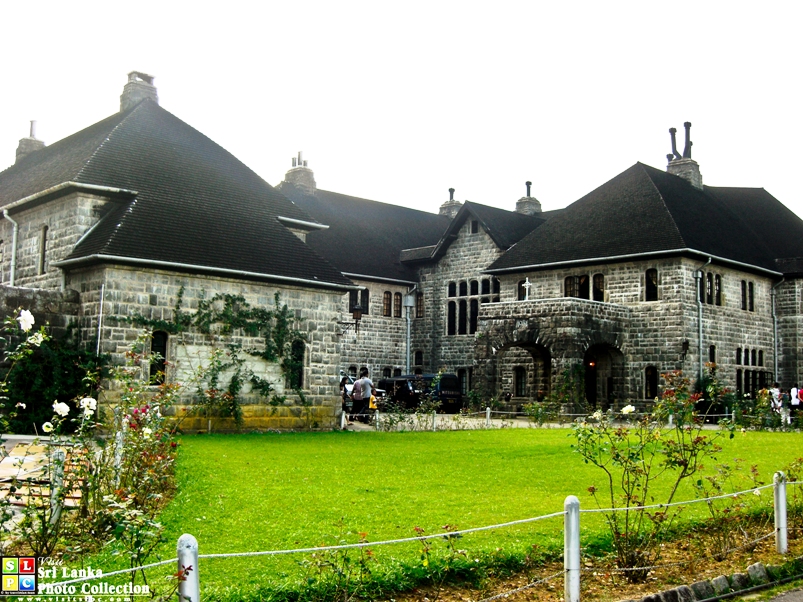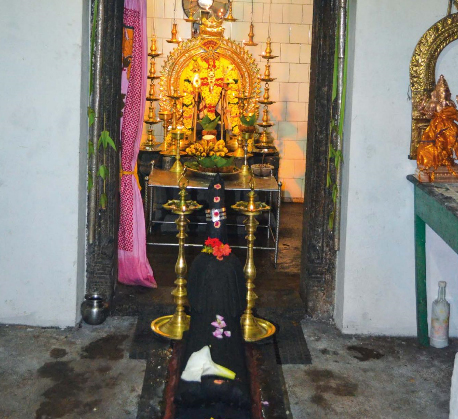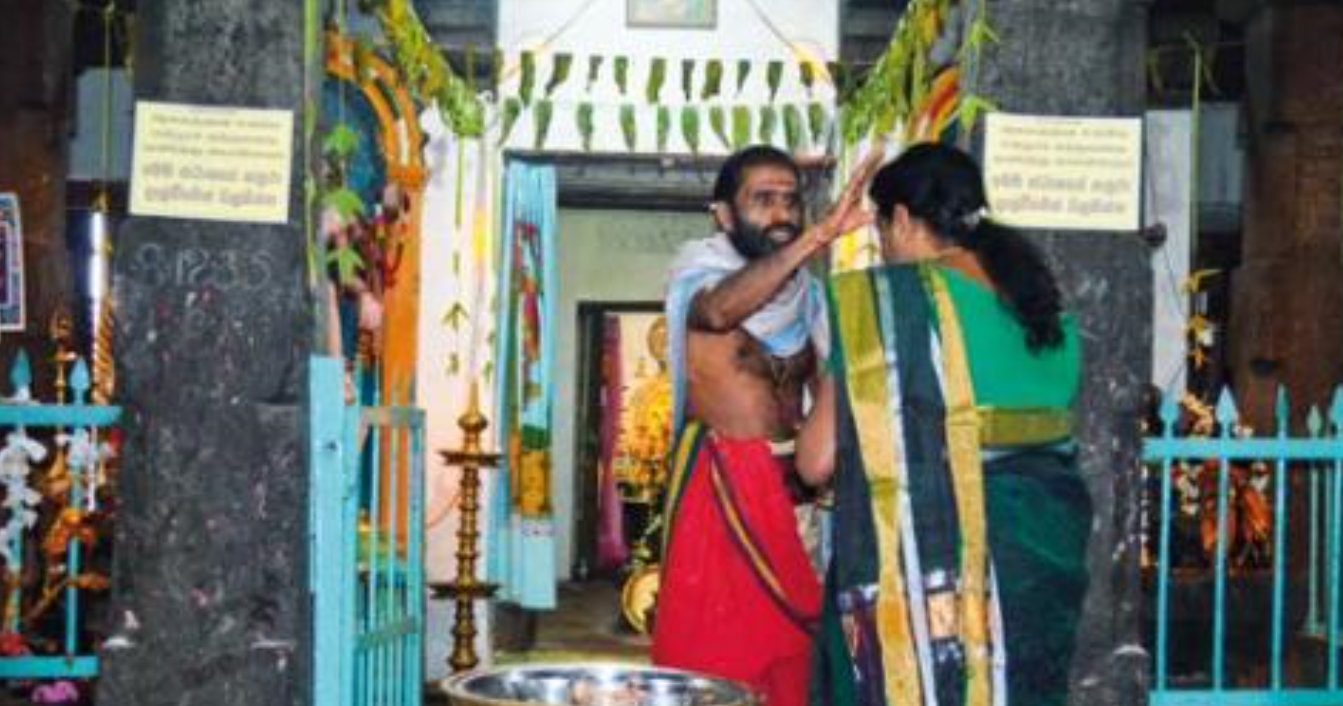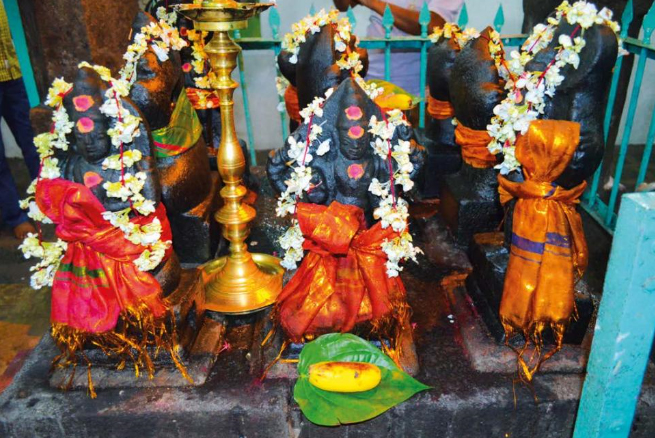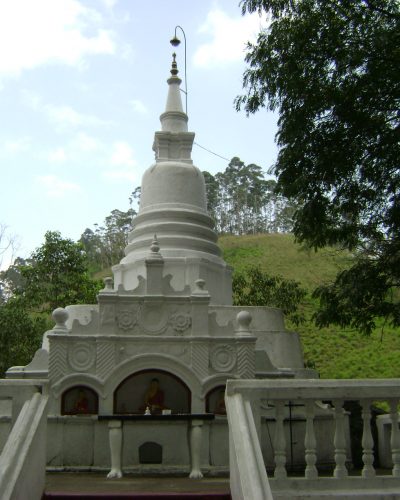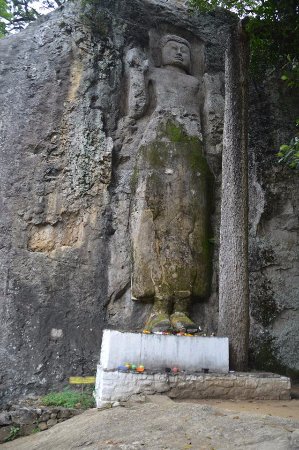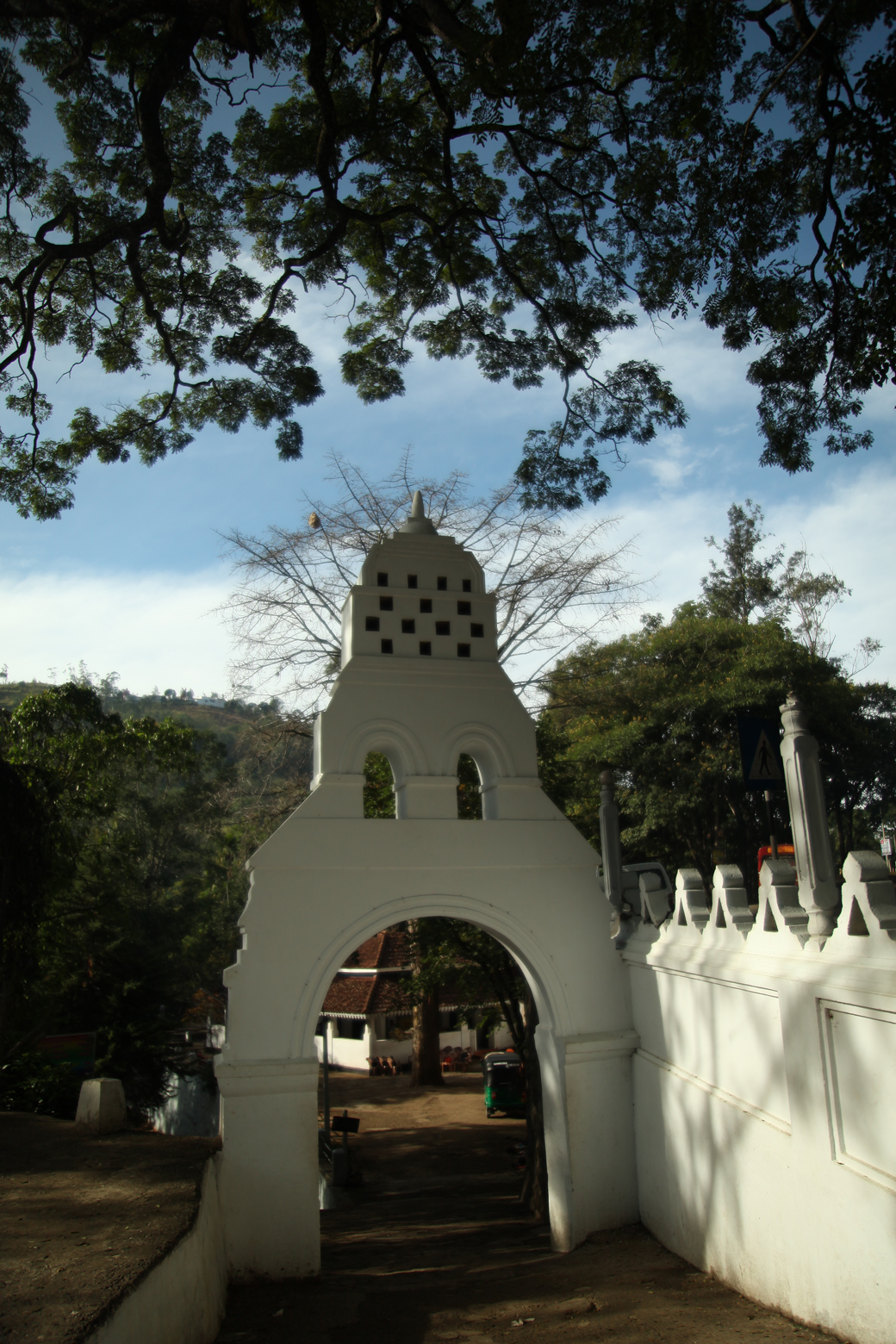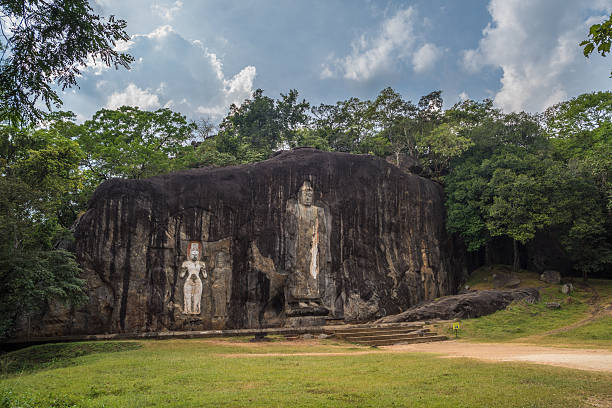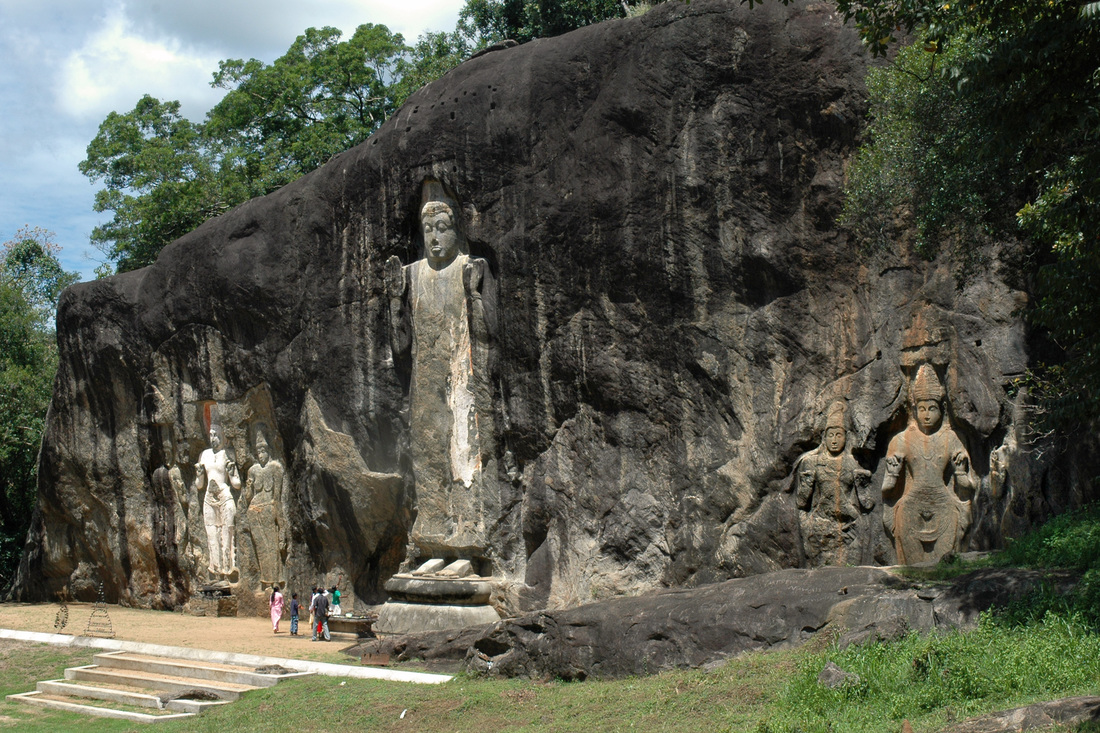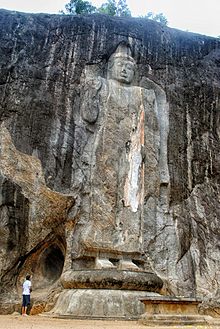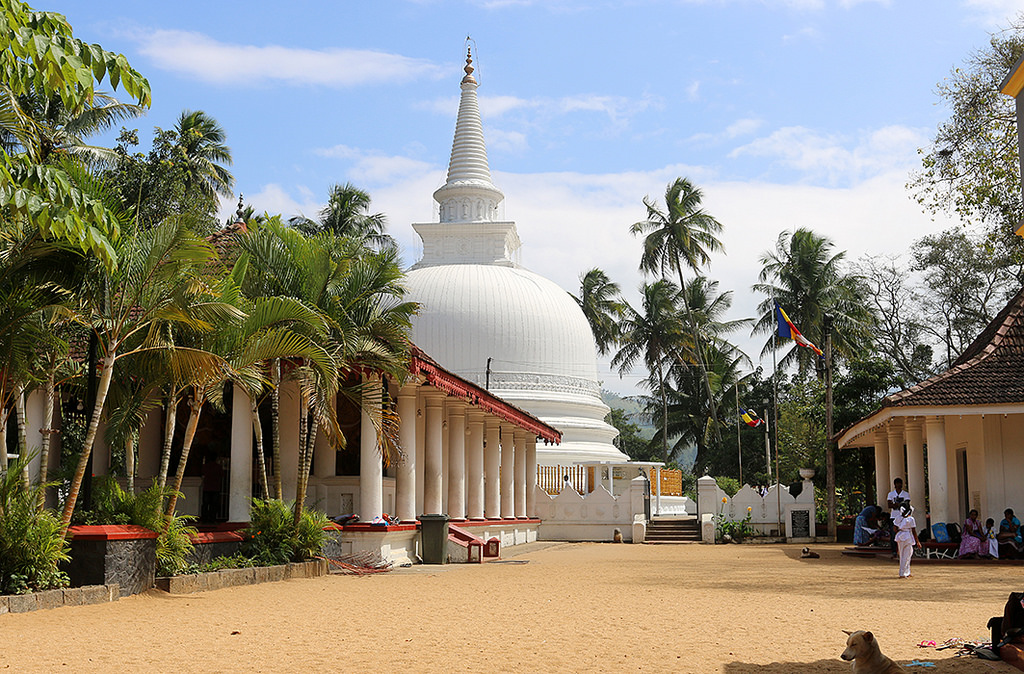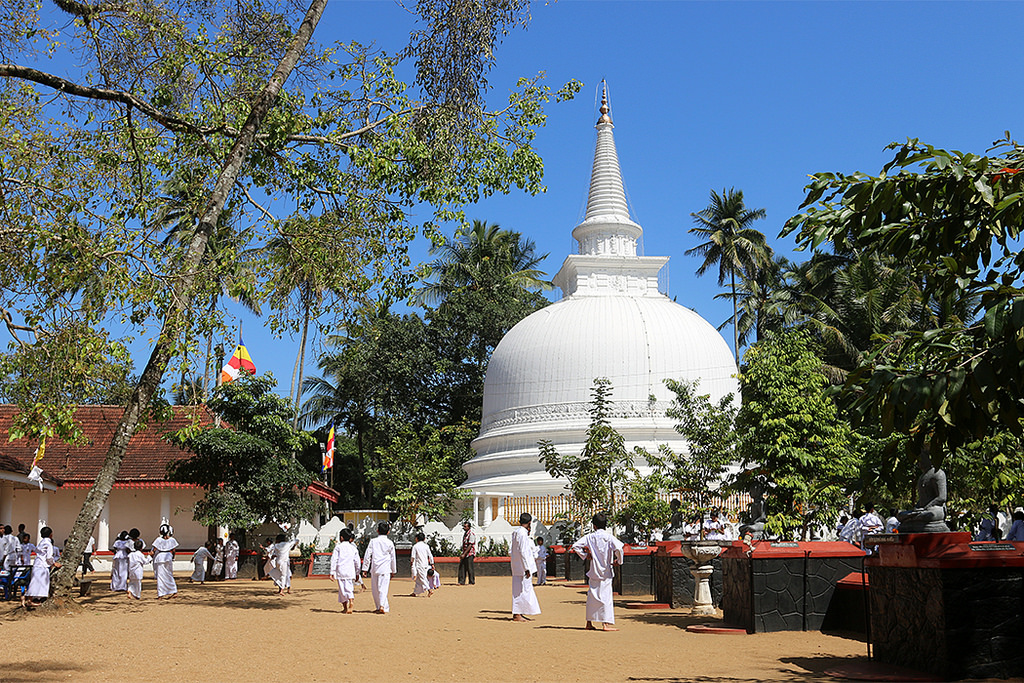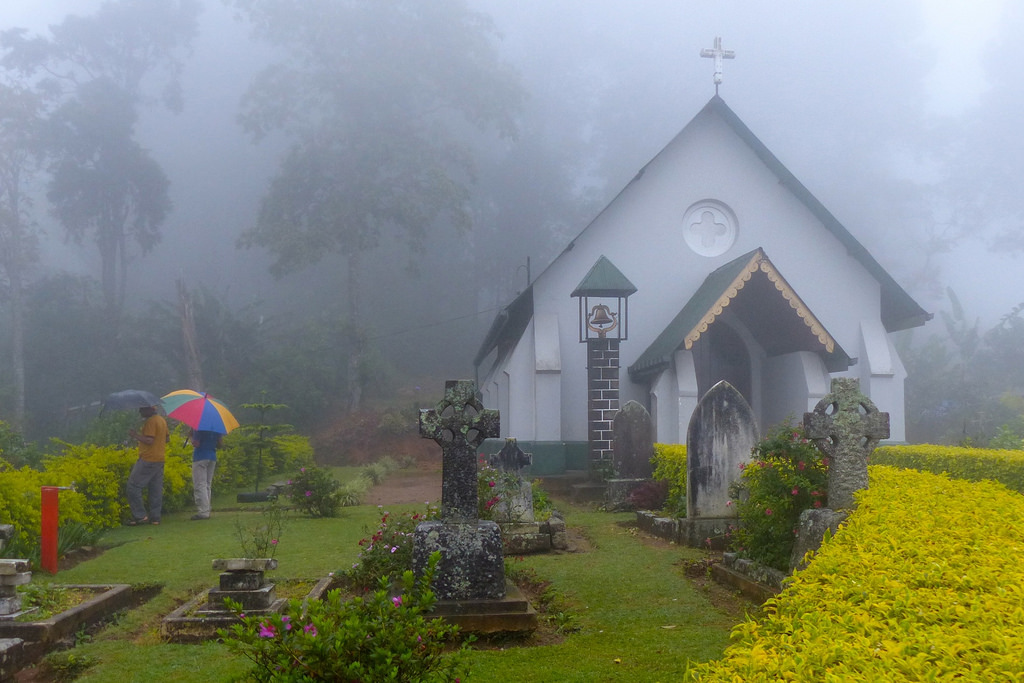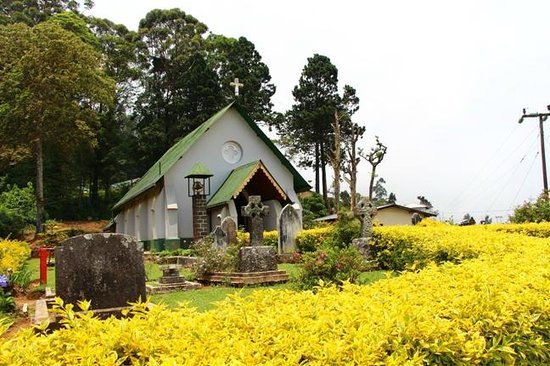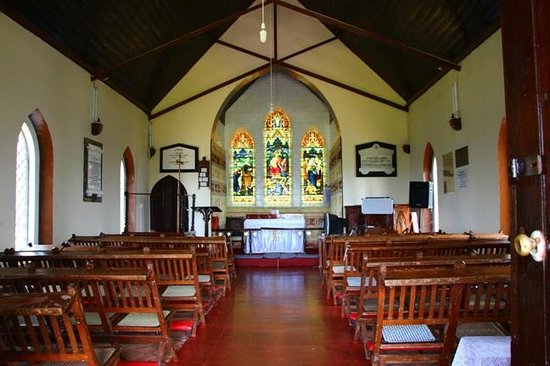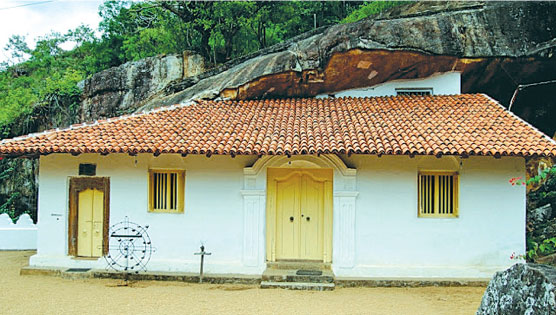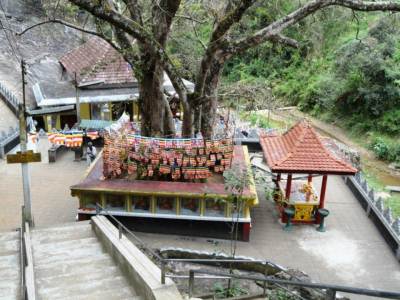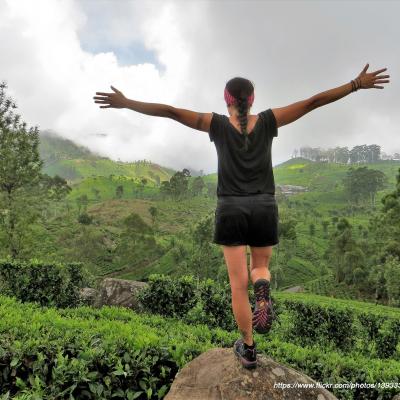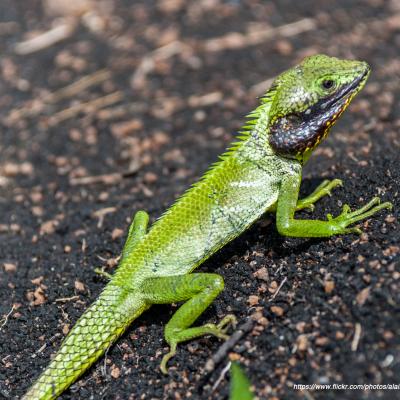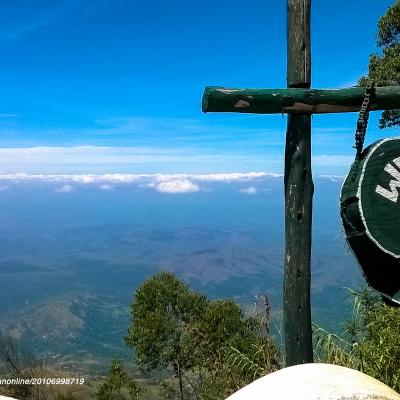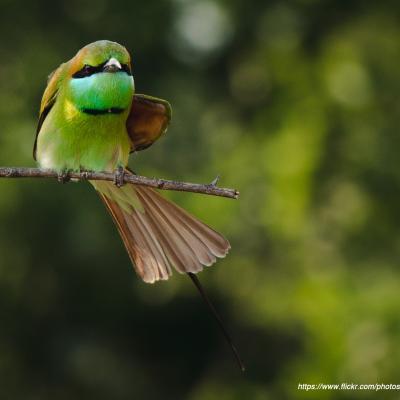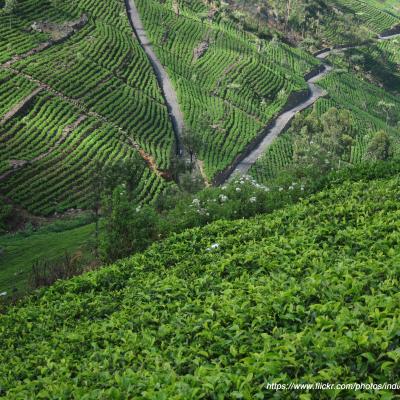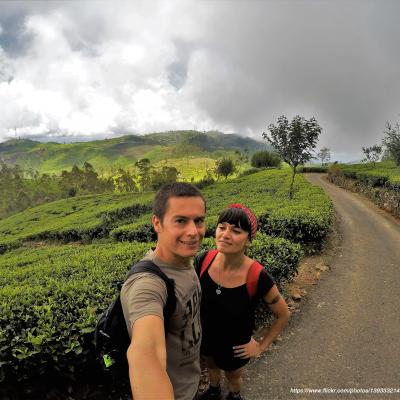Adisham Bungalow
The house was built in 1931 by an English aristocrat and planter Sir Thomas Villiers, former Chairman of George Steuart Co, a trading and estate agency based in Colombo. Sir Thomas was a grandson of Lord John Russell and descendant of the Dukes of Bedford. Named after Adisham, it was designed by R. Booth and F. Webster in Tudor and Jacobean style, on 10 acres (40,000 m2) of land.
Text Source : https://en.wikipedia.org/wiki/Adisham_Hall
Sri Kadiravelayutha Swami Kovil
Text and image Source : The Treasure Island Sri Lanka Magazine- March 2016 Vol - 02 Issue 09
Dhowa Rock Temple
Dhowa Rock Temple is a protected heritage site in Sri Lanka, situated in the central mountains of the Uva province. Dhowa is a small, ancient village situated on the Badulla - Bandarawela main road. This temple is situated 210 km (130 mi) east of Colombo and 120 km (75 mi) south of Kandy.[2]
The Dhowa rock temple is famous for its large unfinished Buddha image, carved into the rock face, which is considered an example of Mahayana sculpture. The temple dates back over 2000 years.[3][4]The area gained the name Dhowa as it is located within a ring of mountains, with a river which flows across the plateau.
Text Source : https://en.wikipedia.org/wiki/Dhowa_rock_temple
Buduruvagala
Text Source : https://en.wikipedia.org/wiki/Buduruvagala
Muthiyangana Temple
History of this site starts with the Lord Buddha’s 3rd arrival to the island but legends on the area called Badulla begins from 19th – 18th century BC. Some names of places in the area, e.g. Seetha Eliya, Seetha Kotuwa, Ravana Ella, etc., refers to the Seetha and Ravana - the main characters in the Indian episode titled Ramayana. So it is believed that said war had taken place in this locale, where was the capital of then powerful king named Ravana who ruled the island.
Text Source : https://en.wikipedia.org/wiki/Muthiyangana_Raja_Maha_Vihara
St. Andrew’s Church
The founder priest of the Church of the Ascension was late Rev. W.J.P Waltham, who served as the Vicar from 1909-1932. This Church had a sizeable English congregation when Sri Lanka was under British rule. Many European planters from the district were regular worshippers in Church, while the European garrison attended St. James’ Church in Diyatalawa.
Text Source : https://www.dioceseofcolombo.lk/docv2/churches/99-nuwara-eliya-archdeaconry/258-st-andrew-s-church-haputale
Bogoda Temple
A stone inscription by the temple in Brahmin scripture says the drip-ledged cave behind the temple was donated to a priest called Brahmadatta by Tissa, a provincial leader in Badulla. King Valagamba in exile from Indian invaders had sought refuge here for two and a half years. Behind the temple by the drip-ledged cave is the entrance to a tunnel. It is very dark, bat-infested and wet that one cannot really venture in more than a few metres. The tunnel ends in a near-by estate called Tudumale. From that end one can travel about500 metres into the cave. According to history the tunnel measures 12 miles and ends at Naranwala which is now the estate.
Text Source :
http://archives.sundayobserver.lk/2015/03/15/jun04.asp

